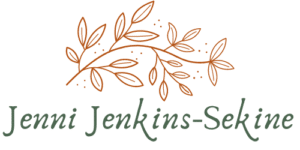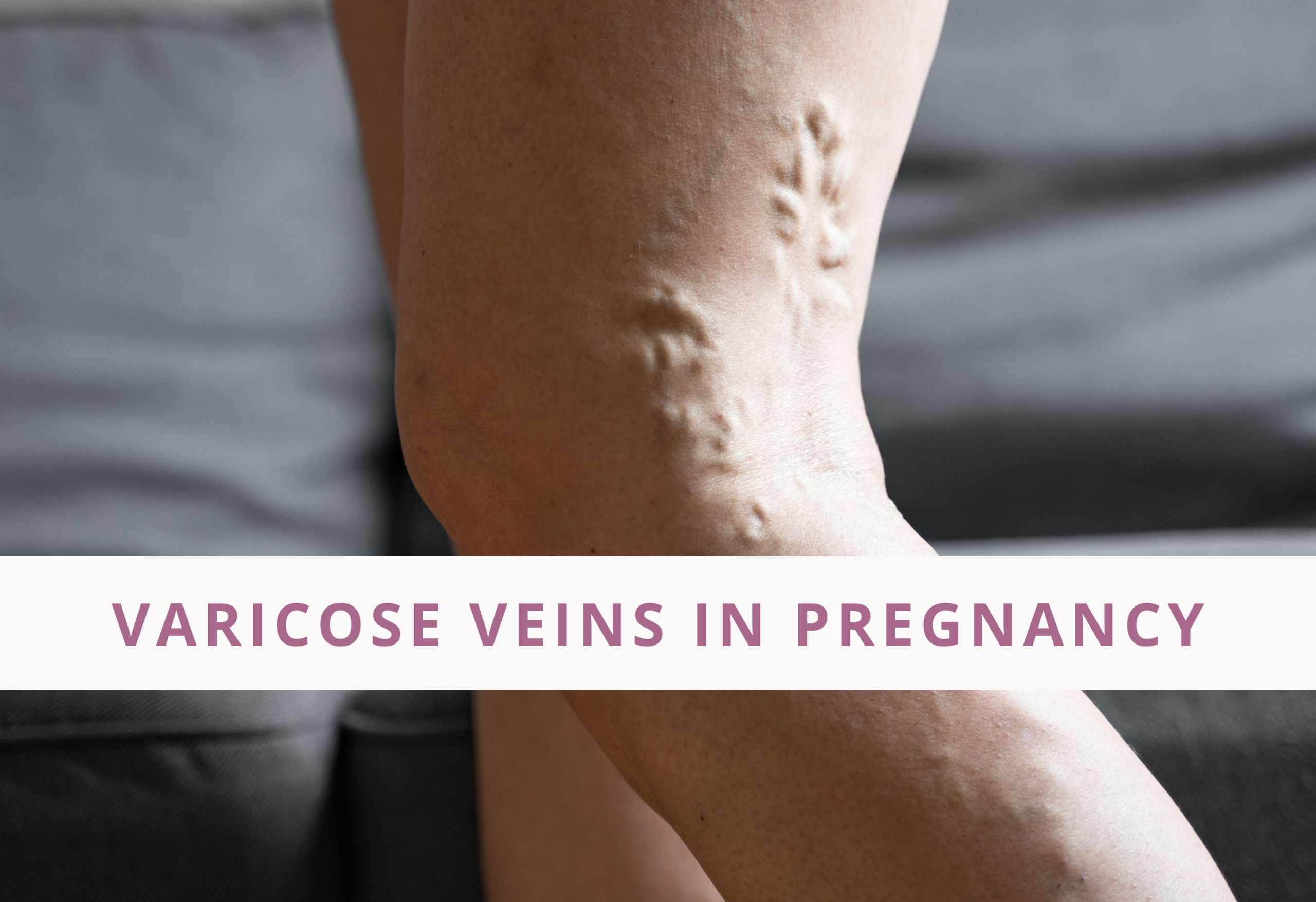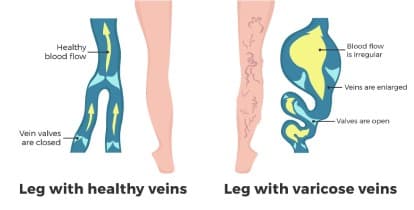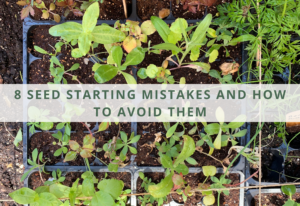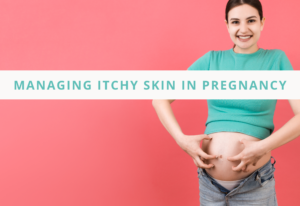Understanding And Managing Varicose Veins During Pregnancy
Pregnancy is a journey filled with changes, and for some, it includes the development of varicose veins. These are enlarged veins that result in abnormal collection of blood caused by weak venous walls or venous valves not functioning properly. They often appear in the legs and, for some, the vulva. Here’s a closer look at why they happen, how to manage the discomfort, and when to reach out to your midwife.
What Causes Varicose Veins In Pregnancy?
During pregnancy, your body goes through many changes. The increase in progesterone makes the walls of your blood vessels more pliable, and your growing uterus puts pressure on the veins in your pelvis and legs. This, combined with an increase in blood volume, can lead to swollen veins, especially in the legs. Factors like family history, age, and prolonged standing can make some more likely to develop these veins.
How to care for varicose veins in pregnancy
Leg Varicosities:
You might notice your legs feeling heavy, achy, or experience night cramps and tingling. The veins might itch and become more noticeable.
Self-Care Tips:
- Elevate your legs whenever possible to improve circulation.
- Avoid standing for long periods and crossing your legs when sitting.
- Exercise daily to help with blood flow. Walking is especially good and easy to incorporate into your daily routine.
- Wear support garments and/or compression stockings designed to apply gentle pressure to your legs, helping prevent blood from pooling. Apply these to your legs after elevating them for ten minutes and where them each day. You can also wear maternal abdominal support garments to help take pressure off of your pelvic veins.
- Talk to your midwife about Bilberry, Horse-chestnut, and Vitamin C with bioflavonoids: These natural supplements can help improve the health and strength of your body’s capillaries, reduce swelling, and reduce your platelet aggregation.
Vulvar Varicosities:
Some experience varicosities in the vulvar area, feeling pressure or discomfort in the labia. These typically develop later in pregnancy and are more common if you’ve been pregnant before.
Relief for Vulvar Varicosities:
- Limit time spent standing and elevate your legs when sitting or lying down.
- Use a support device or wear supportive garments like bicycle shorts to help apply gentle pressure and reduce discomfort.
- A supportive pregnancy belt can also help by lifting your abdomen and reducing pressure.
- Cold Compress can offer topical relief for vulvar varicosities in pregnancy.
When To Call Your Midwife
While varicose veins are often more uncomfortable than dangerous, there are times you should seek advice:
- Persistent discomfort that disrupts your daily life deserves a conversation with your midwife.
- Symptoms of venous thrombosis, such as localized pain, swelling, or redness in the leg or vulvar area.
- Vulvar varicosities in the first trimester or persisting postpartum should be evaluated for further treatment options.
Varicose veins can be an unwelcome side effect of pregnancy, but with the right strategies, their impact can be minimized. From elevating your legs to wearing compression stockings and staying active, there are many ways to find relief. Remember, your midwife is there to support you through all the highs and lows of pregnancy, including managing varicose veins. Don’t hesitate to reach out for advice and support.
FAQs about Varicose Veins In Pregnancy
- Why do varicose veins often appear during pregnancy? Varicose veins are more common during pregnancy due to hormonal changes that make blood vessel walls more flexible. The growing uterus also puts pressure on the veins in the legs, leading to venous engorgement as it becomes harder for the blood to travel back up to the heart. Increased blood volume during pregnancy exacerbates this condition.
- Are varicose veins dangerous? For the most part, varicose veins are not dangerous; they’re more of a cosmetic concern and cause discomfort. However, they can sometimes lead to complications like thrombophlebitis, which is inflammation of the vein due to a blood clot. If you experience significant pain, swelling, or changes in skin color, contact your midwife or healthcare provider.
- Can I prevent varicose veins during pregnancy? While you might not be able to prevent varicose veins entirely, especially if you have a family history or other risk factors, you can take steps to minimize their severity. Regular exercise, elevating your legs, avoiding prolonged standing or sitting, and wearing compression stockings can all help manage the symptoms and reduce the risk.
- Will varicose veins go away after I give birth? Many people find that their varicose veins improve after delivery when the pressure from the uterus decreases and blood volume returns to normal levels. While they may not disappear entirely, they often become less noticeable or problematic. Continuous self-care and exercise can aid in recovery.
- Is it safe to exercise with varicose veins during pregnancy? Yes, exercising is safe and recommended. Activities like walking, swimming, and prenatal yoga can improve circulation and reduce the discomfort associated with varicose veins. Avoid exercises that strain your legs and consult with your midwife or a physical therapist to find the best exercise plan for you.
